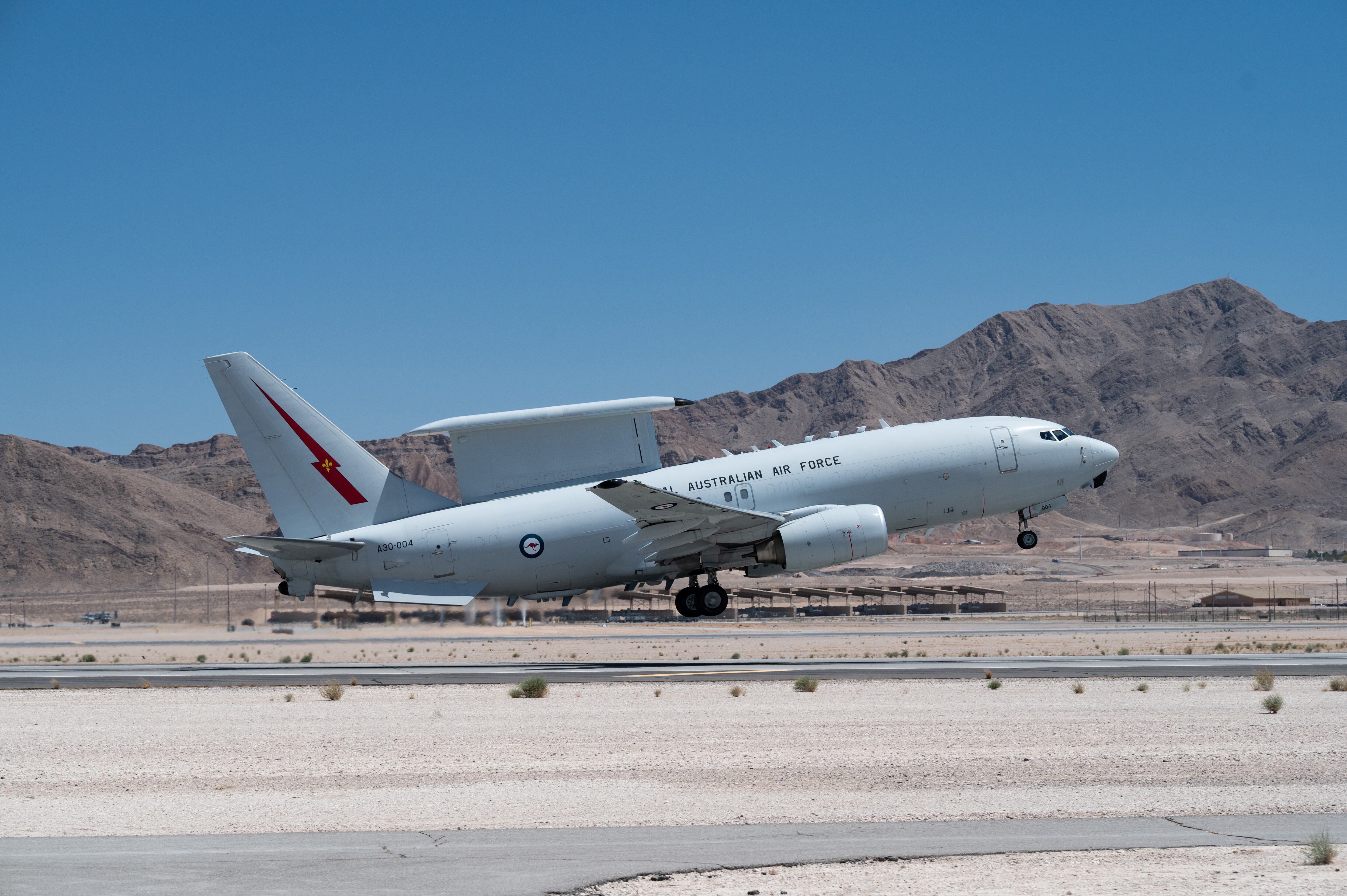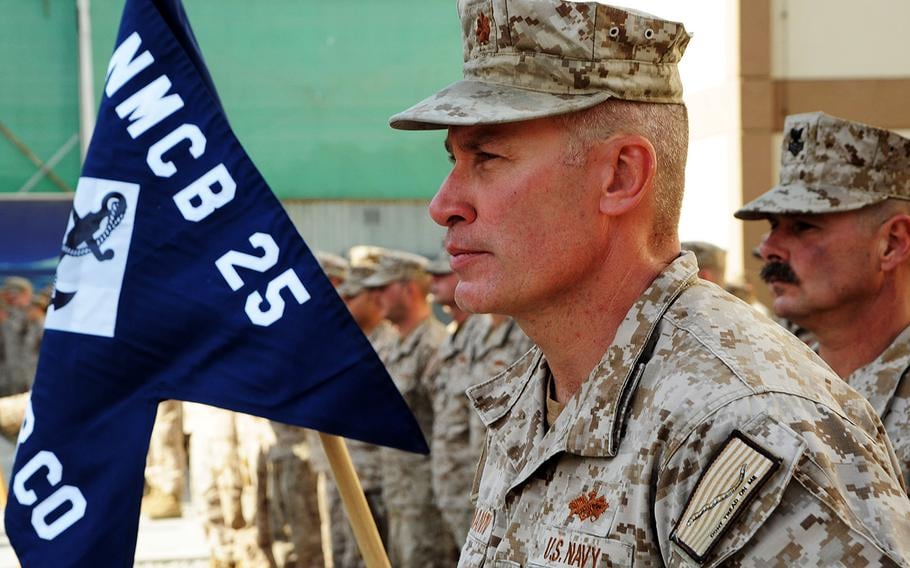WASHINGTON — The U.S. Air Force has awarded Boeing a contract worth up to $1.2 billion to start work on the first E-7A battle management and command-and-control aircraft, with plans to field a fleet of 26 in total, the service said Tuesday.
The E-7, which the service hopes to first field in fiscal 2027, is a modernized battlefield management aircraft originally developed for the Royal Australian Air Force and dubbed the Wedgetail. The United Kingdom, South Korea and Turkey also either fly the E-7 or plan to buy it.
The U.S. Air Force said the E-7 will provide advanced airborne moving target indication, battle management and command-and-control capabilities. It will also carry an advanced multirole, electronically scanned array radar for better airborne battle management, which will allow the U.S. and its allies to carry out long-range strikes against advanced enemies, the service said.
“The E-7A will be the [Department of the Air Force’s] principal airborne sensor for detecting, identifying, tracking and reporting all airborne activity to joint force commanders,” Air Force acquisition chief Andrew Hunter said in the service’s statement. The Wedgetail “will enable greater airborne battlespace awareness through its precise, real-time air picture and will be able to control and direct individual aircraft under a wide range of environmental and operational conditions.”
The Air Force decided last year to buy the E-7 to replace the aging E-3 Sentry, an airborne warning and control system aircraft. The AWACS dates back to the 1970s, and the Air Force plans to retire 13 of them — roughly half the fleet — this year, and eventually phase the rest out as E-7s come online.
“We conducted a thorough analysis of viable industry options to ensure the selected E-3 replacement could meet the specific needs of the U.S.,” Hunter said. “Until the E-7A is fielded, we will continue to rely on the E-3 AWACS.”
The contract award paves the way for production on the first rapid prototype E-7 to begin in FY25, and for the Air Force to field it two years later. The service said it plans to procure 24 more E-7 aircraft by FY32, on its way to acquiring a total fleet of 26.
When the Air Force originally announced in April 2022 it had selected the E-7, it said it also planned to award funding for a second rapid prototype aircraft in FY24, and would make a production decision on the rest of the fleet the following year.
“The rapid prototyping program will integrate U.S.-based mission systems into the existing airborne platform to meet [Department of the Air Force] requirements while simultaneously ensuring interoperability with coalition and allied partners already operating the E-7A,” Hunter said.
Lawmakers such as Sen. Tammy Duckworth, D-Ill., expressed concern in 2022 about the Air Force’s plan to retire half its AWACS fleet before the first E-7 arrives, and they were worried it could leave the service with a capability gap.
Hunter told reporters at the July 2022 Royal International Air Tattoo in England that the Air Force didn’t have many options for quickening the process of acquiring E-7s, which are based on Boeing’s 737 airframe. There aren’t many suitable used 737 airframes the government could acquire to convert into E-7s, Hunter said, because the battle management aircraft has a “unique combination” of components.
Stephen Losey is the air warfare reporter for Defense News. He previously covered leadership and personnel issues at Air Force Times, and the Pentagon, special operations and air warfare at Military.com. He has traveled to the Middle East to cover U.S. Air Force operations.





